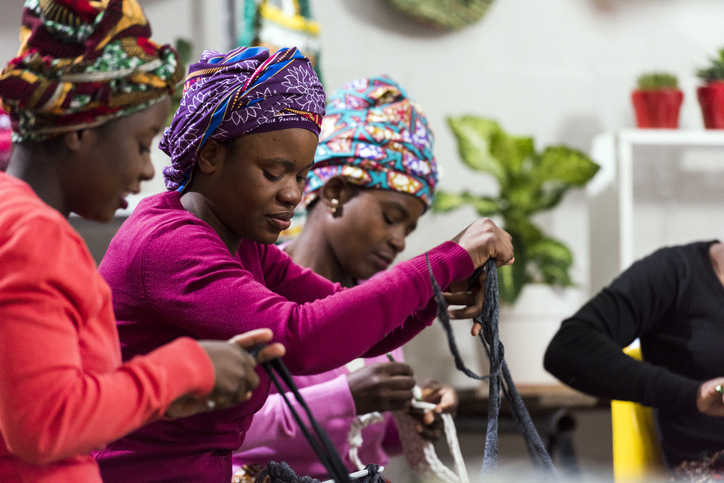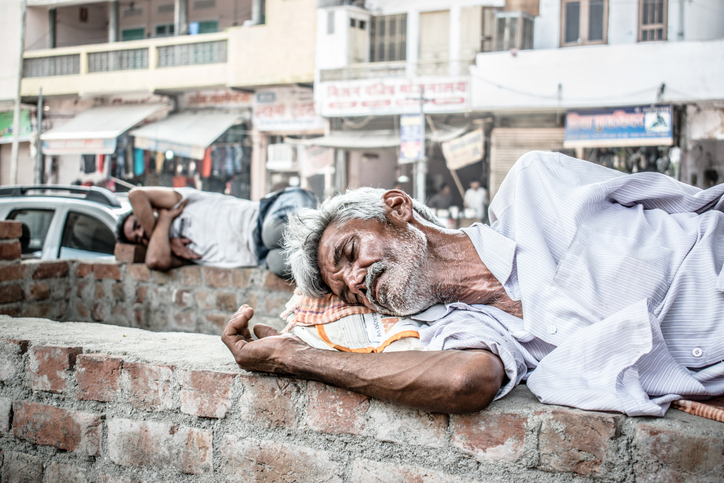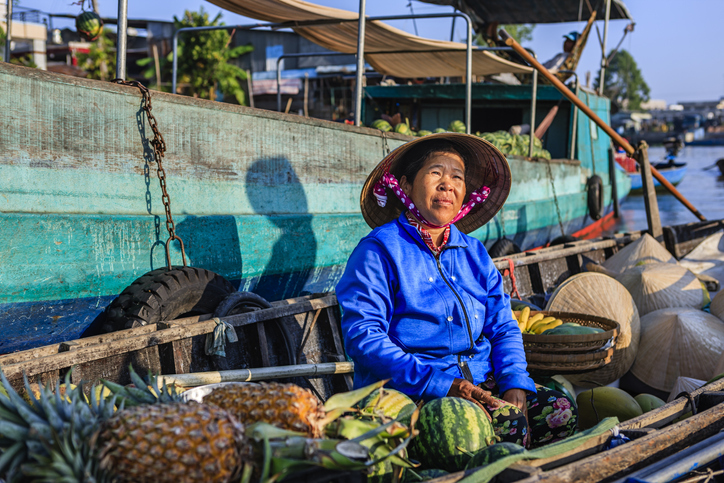The design of public transport infrastructure should take account of differences in how men and women need to use the essential services provided, as well as the dangers of gender-based violence. This column explores gender differences in travel demand and, since transport can play a role in promoting women’s productivity and social equity, highlights some policy actions towards making transport a ‘gender equalizer’. More attention to women’s needs is required to make transport policies sustainable.
Transport and mobility provide the critical service of access to jobs, goods, services, health, education, and markets. Access to sustainable transport services is an important policy objective. Although investment in transport projects is assumed to benefit all equally, the reality is that women, men, boys, and girls have different needs and constraints in their use of transport. The outcomes are therefore not equal.
Failure to recognize this results in unsustainable transport and mobility systems. Over time, gender issues in the sector, with regard to how men, women, boys and girls access and experience transport infrastructure and services, have gained policy currency.
A focus on gender-responsive policy is important given that women face more constraints on their mobility, and their travel patterns differ from those of men. This is driven by women’s ‘triple burden’: reproductive roles such as childbearing, family care, and domestic chores; productive roles; and community roles.
Evidence from Kenya
Research on travel patterns in Nairobi shows that a majority of the poor cannot afford motorized transport options in the city. Data show that households spend 14–30% of their income on transport. Households cope by limiting their travel outside their settlement or, where necessary, they walk.
The findings show that the burden of reduced mobility is borne disproportionately by women and children because of their expected roles. Women are also more likely to be poor than men and therefore have limited transport options.
Compared with men, women typically have shorter and more frequent trips at varied times arising from childcare and domestic roles. Women’s need to travel goes beyond the typical factors of employment, education, and leisure. Their travel demand encompasses additional factors such as access to water, energy, health services, food, and nutrition resources – what is known as ‘mobility of care’. They are more likely to combine multiple purposes and multiple destinations in one trip.
Therefore, in transport planning and design, it is important to understand that women typically value convenience and flexibility more than time savings. It should also be recognized that women bear a larger burden of transport costs compared with men.
The Kenya Integrated Household Budget survey (2015/16) revealed that 69% of rural households spend 30 minutes or less fetching water while 18% spend 30 minutes or longer. In urban areas, 57% spend 30 minutes or less for the same activity while 4.1% of households spend 30 minutes or longer. This burden on time spent is borne by women. In accessing energy resources, women spend on average 77 minutes each week compared with 13 minutes for men.
Gender-based violence in transport
Women experience higher risk of gender-based violence and victimization in the transport sector. A survey in Nairobi City by the Flone Initiative on Violence Against Women and Girls (VAWG) in 2018 found that incidents of VAWG in public service vehicles are common and widespread across all the selected routes. VAWG mostly occurs at the bus stop/station (64%) and 18% inside the vehicle.
Exposure to gender-based violence in transport affects women and girls’ freedom and choices. To deal with gender-based violence, women tend to avoid using public transport or adjust the time of day when they travel. They may also restrict their travel to destinations closer to their premises or avoid travel completely due to the distress caused by gender-based violence.
Transport systems for all
The Sustainable Development Goals address the issue of gender in Goal 11, which seeks to provide access to safe, affordable, accessible, and sustainable transport systems for all, improving road safety, notably by expanding public transport with special attention to the needs of those in vulnerable situations – women, children, people with disabilities, and older people.
The integrated national transport policy in Kenya identifies the role of Non-Motorized and Integrated Modes of Transport (NMIMTs) in attaining gender balance in the performance of individual and household-based economic activities. It recognizes that women perform most of households’ social and economic activities, and bear the burden of walking, and head or back loading for household chores.
The integrated policy advocates the need to ‘balance the load,’ by reducing women’s time spent on transport activities around the village. It also provides for interventions to reduce women’s demand for travel in executing their domestic roles. The policy aims to achieve this by encouraging the supply and use of NMIMTs through infrastructure provision and credit schemes. Evidence shows that women are more likely than men to live, work, and move to dense areas that reduce the need to travel.
There is a favorable policy environment for addressing gender inequality in Kenya. But there is a gap in that women’s needs in transport plans are not well integrated. Project interventions need to identify the travel preferences of women and men, and explore the time constraints and risk aversion factors influencing women’s travel patterns and choices.
For example, personal factors such as image, norms, confidence, and security concerns affect the travel choices of girls regarding cycling. Transport policies need to take these factors into account to promote gender equity and sustainable transport.
Projects that are designed to improve access to energy and water in households are critical for solving the gender inequalities experienced in transport and mobility. Transport projects could benefit from undertaking a gender analysis throughout the project lifecycle from conceptualization, design, and planning to construction, operation, and maintenance.
Evidence-based policy on transport
Travel demand surveys and modelling should be enhanced through collection of sex-disaggregated data and gender statistics to cater for gender concerns. This can be designed to capture the travel behavior of women and men and the underlying factors.
The data collection methods should capture the gender division of labor in households and how this affects travel decisions. Unpaid trips such as care trips should be made visible and accounted for in analysis of travel demand.
Public transport design should ensure spatial and physical accessibility by gender, adequate density and frequency of the public transport network, door-to-door services, and integration of public transport with non-motorized and intermediate forms of transport.
Having women-only seats and doors in buses, and even women-only buses and public transport services can be used to address the security and safety challenges for women. Studies have recommended improving lighting, police, and surveillance (CCTV), and provision of help desks to deter gender-based violence and create safe spaces for women and girls using public transport.






